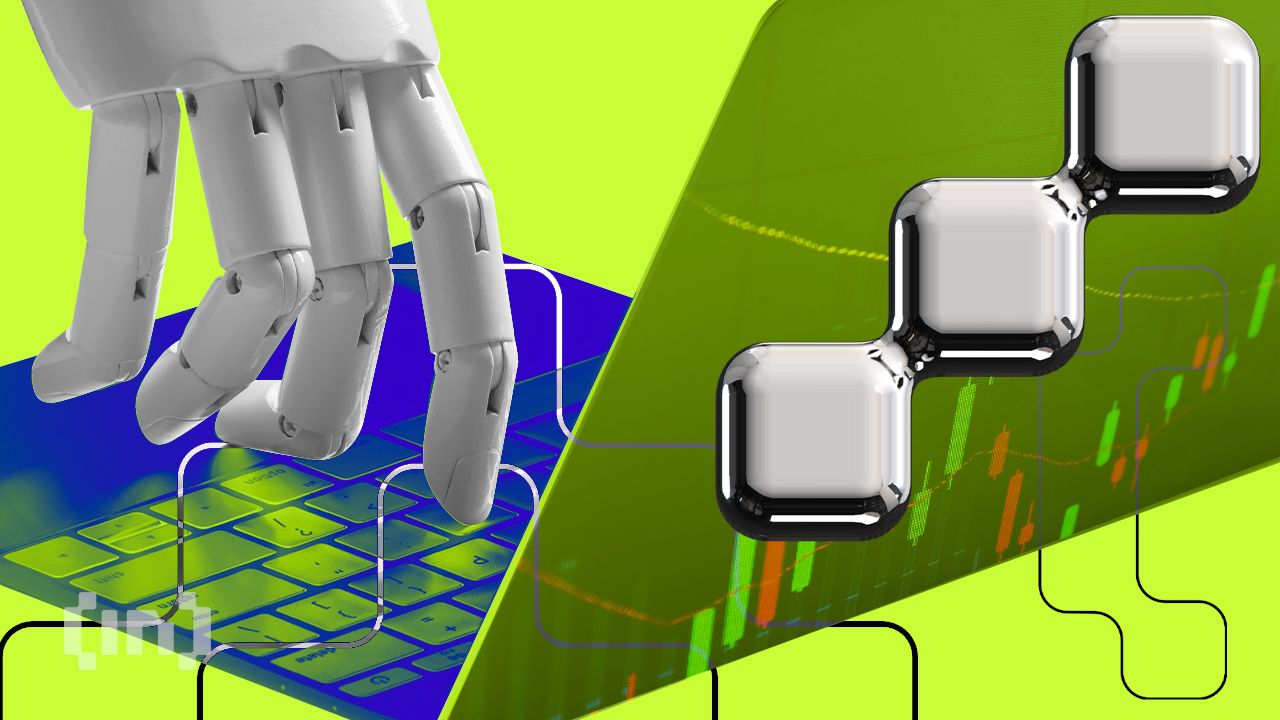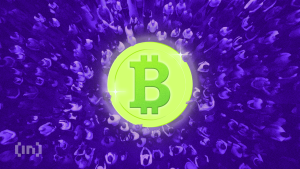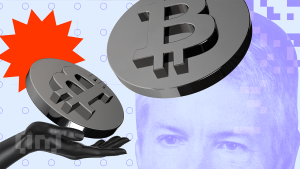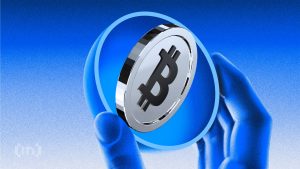
In recent days, global financial markets have been shaken by a climb in commercial tensions involving the United States and China, with the Nasdaq Composite index officially entering the territory of “Bear Market”, characterized by a drop of more than 20% compared to its recent peak. This scenario caused different reactions in the most present assets in our daily lives (such as Brazilian assets and bitcoin) and the way they behaved at every moment of the week deserves a certain prominence.
These falls were triggered by the announcement of President Donald Trump on April 2, 2025, significant import rates, known as “Liberation Day tariffs” or popularly in Brazil “Trump fare”. This ad contained rates for various countries, including a 34% rate on Chinese products and 10% tariffs on Brazilian products, a relatively moderate rate. Economists suggested that Brazil could emerge as an indirect beneficiary of these measures, as the lowest taxation could make Brazilian products more competitive in the international market. This positive perspective led to the appreciation of the real, which reached R $ 5.60 per dollar, its strongest level since October 2024. In addition, the Ibovespa index recorded modest gains, reflecting investors optimism in relation to commercial opportunities in the country.
However, on Friday (4), China responded to American tariffs with the imposition of 34% tariffs on US products, intensifying fears of a global trade war. This climbing increased risk aversion among investors, resulting in an escape from emerging market capital, including Brazil. The real suffered a significant devaluation, with the dollar rising to $ 5.84. Ibovespa also fell more than 3%, reflecting concern about the potential impact of these tensions on the global economy and, consequently, in the Brazilian. Thus, while the risk aversion movement considered a localized risk, more focused on the United States, Brazil was relevant, but when tensions climbed to a globalized tension, risk aversion began to remove capital from emerging economies.
Bitcoin, often considered an alternative asset or “digital gold”, presented mixed behavior during these events. Initially, the price of Bitcoin fell below $ 82,000 on April 3, following the risk aversion in traditional markets. However, on April 4, while the stock markets were still falling, Bitcoin showed resilience, recording a slight discharge and surpassing the $ 84,000. This divergence suggests that some investors may be using Bitcoin as an alternative to instability in traditional markets or at least that has been considered “very cheap” in the eyes of the market.
Bitcoin’s recent performance indicates that it is still at a consolidation stage, seeking to establish itself as an asset of refuge in times of economic uncertainty. Although it has shown some correlation with risk assets, their resilience during the intensification of commercial tensions suggests a possible change in investor perception. However, it is premature to say that Bitcoin has become a definitive safe haven, as its future behavior will depend on several macroeconomic factors and it is very likely that we see its correlation with risk assets grow again in the coming days.
In short, the recent volatility in the financial markets highlighted the complexity of the reactions of Brazilian assets and Bitcoin to commercial tensions between US and China. While Real and Ibovespa have harmed themselves with the escalation of commercial disputes, Bitcoin, in turn, has shown potential as an alternative reserve asset, even if this behavior still appears only in punctual times.
Exemption from liability
All information contained on our site is published in good faith and only for general information purposes. Any action that the reader takes based on the information contained on our site is at his own risk.





